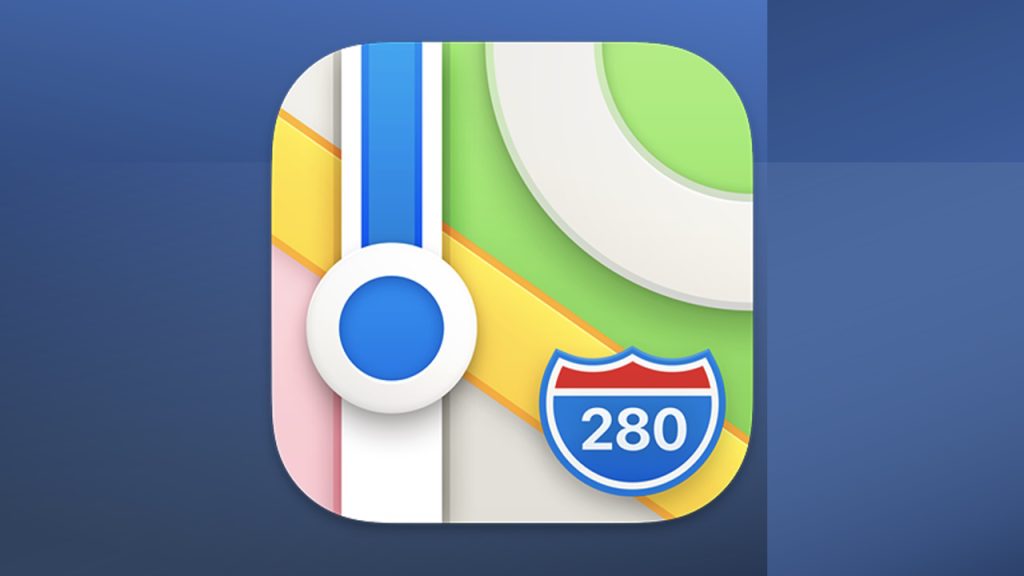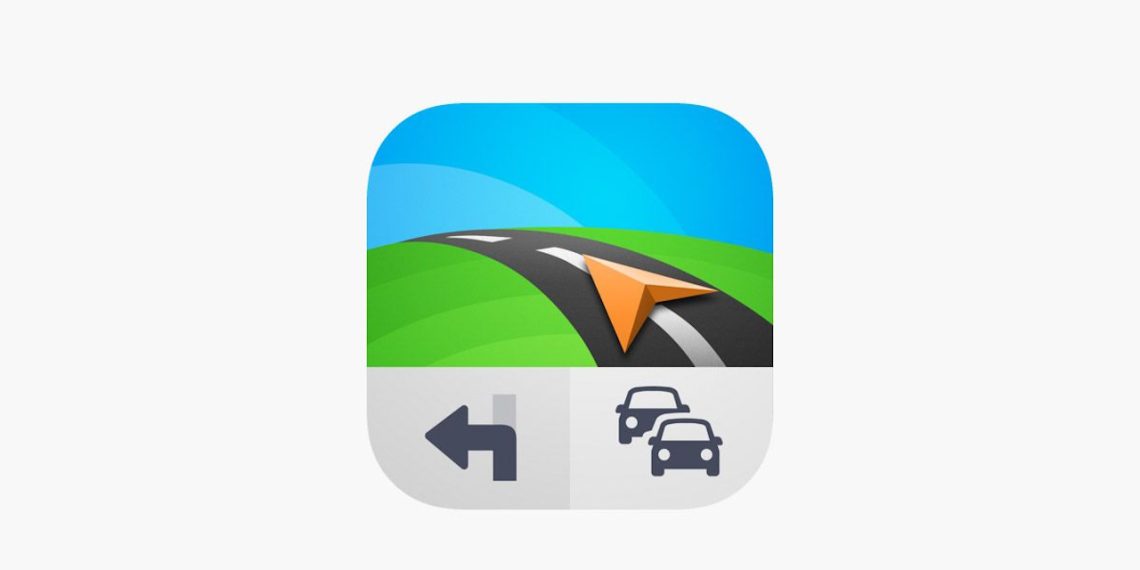Never lose your way with these bad boys!
One of the great things about the increasingly sophisticated state of modern technology is the added convenience it has brought to our lives. Across a range of areas and through a range of technologies, some aspects of our lives have become a little easier and a lot more streamlined than they used to be.
The Rise of The Mobile Phone
One of the most oft-used and convenient of all new technologies is undoubtedly the mobile phone. Since coming on to the mass market in the 1980s, mobile phones have gotten increasingly smaller in size but bigger in features and capabilities. The sheer sophistication of the modern smartphone is beyond anything previous generations could have even dreamed of.
Far more than just a phone to send and receive calls, the modern smartphone is a veritable secretary in your pocket with a dizzying array of applications – “apps” – that can do just about anything you need, save for cooking your dinner! A very convenient app is navigation apps. These are geolocation software packages that show you where you are and directions to where you want to go, using satellite-based GPS (Global Positioning Satellite) tech. In ye olde days, you found your way with a map and torchlight, now you have it all in the palm of your hand.
Don’t forget to protect yourself online: The 5 Best Antivirus Programs In 2023
What Navigation App Is Right For Me?
There are a whole multitude of navigation apps out there, more than you count, so if you’re looking for an effective navigation app that fulfills all your needs and requirements, where do you even start?
Fear not, with this article, we will list what we think are the 5 best navigation apps available right now. So without further ado, let’s go…
1. Google Maps

The granddaddy of geolocation software, Google Maps is still the most popular and widely-used navigation app and still one of the best available. One of the main attractions of this app is its user-friendly interface that is easy to use even for newbies and technophobes.
Some of the neat features on Google Maps is offline availability, ETA times for travels, automatic rerouting in case of accidents, roadworks, etc, and the fact the app works for a wide range of transportation means. One downside is consistent connection to the GPS can be very heavy on your phone battery charge, but other than that, Google Maps will serve you well.
2. MapQuest

Certainly the oldest and still one of the most popular navigation apps, MapQuest began producing mapping technology to the public in the mid-1980s and hasn’t looked back since.
Among the features on MapQuest to make your travels easier is multiple route options, live traffic camera function, hotel and restaurant reservations function, and real-time updates on traffic delays. It may be the oldest navigation app but this old dog certainly has new tricks to offer.
3. HERE WeGo

Helping people find their way and reach their destination since 1987, HERE WeGo is produced by Apple and is still one of the best navigation apps out there. Not only is it free but extremely user-friendly and even able to be used by travelers aged 4 and up.
With a recently-refreshed interface, the app has cool features such as alternate route options, voice guidance for drivers, hotel booking and best parking info, and real-time traffic information. It may not be the most advanced navigation app out there but for a no-frills destination director, HERE WeGo is hard to beat.
By the way, here is a selection of excellent photo editors: 5 Best Photo Editing Software Packages
4. Waze

A perennially popular navigation app and it’s easy to see why. Waze is a solid piece of tech that should get you to your destination effectively and efficiently. Established in 2006 and originally called FreeMap Israel, it changed its name to Waze in 2008 and was bought by Google in 2013 for $1.3 billion.
Among the features on the Waze app are crowdsource-based traffic information, navigation voice customization, support for Android and iOS, real-time traffic lane guidance, and even music/podcast streaming capabilities. A solid navigation app to get you to your destination, Waze is reliable and trustworthy.
5. Apple Maps

One of the most recent additions to the navigation app marketplace, Apple Maps was released in 2012 and is the default app for iOS and iPad devices. It got off to a somewhat rocky start as the app faced heavy criticism in its early days about incorrect directions, lack of info on public transportation, and other bugs. But Apple quickly corrected these blips and have kept up regular software updates since.
Among the usual array of navigation features, one notable function of Apple Maps is its 3D mapping to help you better navigate. You also have real-time traffic info, public transportation updates, speed camera function, cycling directions, and even airport and shopping mall maps.
Navigation apps are an invaluable tool for any traveler, whether your journey is near or far away and certainly make any travel that much easier.


